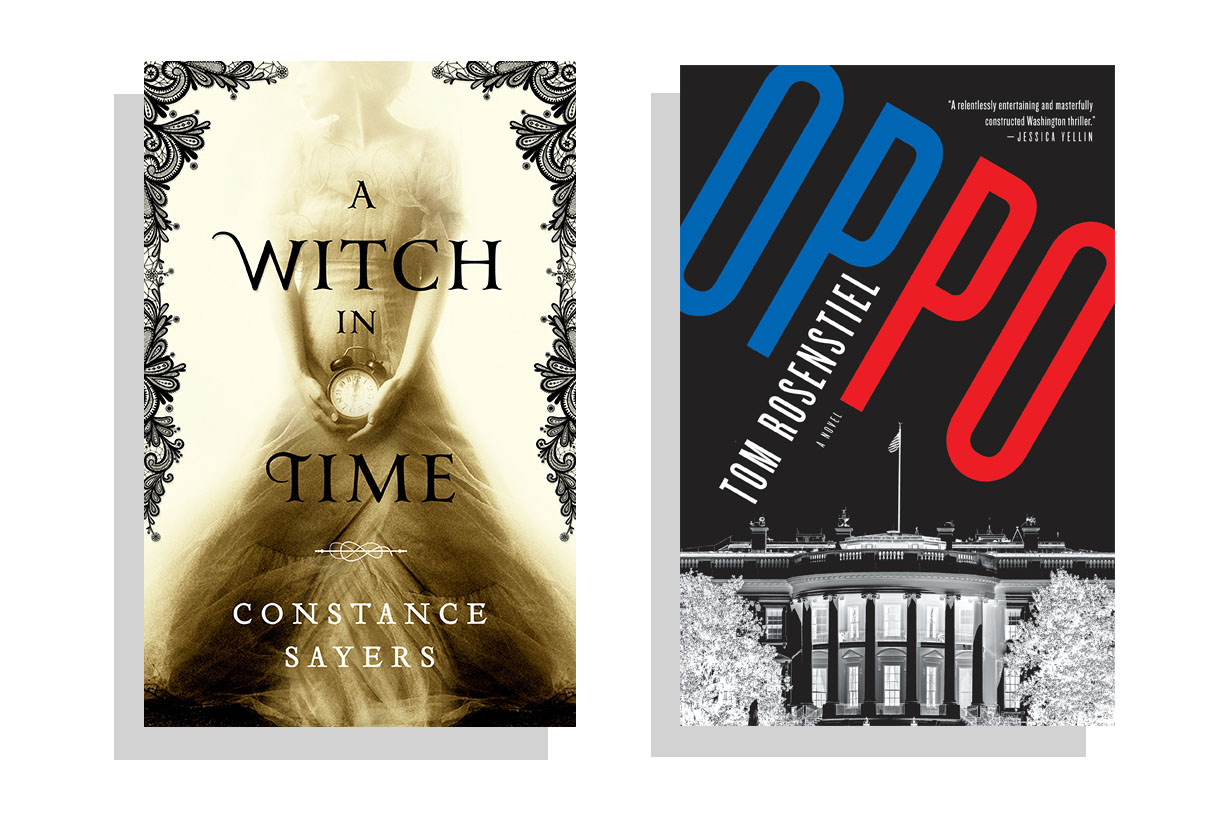The book jacket of Colin MacKinnon’s Morning Spy, Evening Spy says the novel “holds its own with the best of John le Carré.” Lots of espionage thrillers are promoted as being like le Carré’s. And yes, MacKinnon’s novel is full of spies and foreign intrigue. But MacKinnon is no le Carré. And that’s just fine.
While le Carré’s novels are crammed with the atmospherics and tactics of British intelligence services, MacKinnon provides a good window into how the CIA operates. (In his author’s note, he thanks Gene Poteat and John Waller of the Association of Former Intelligence Officers “for our conversations about how spies live their lives.”) While le Carré’s best novels focus on the West’s war with the Soviet Union before 1991, MacKinnon—former director of the American Institute of Iranian Studies in Tehran—takes us from Washington into the center of today’s conflict in the Middle East, providing interesting insights into how and why 9/11 happened. And while le Carré’s novels can be dense and sometimes slow and hard to follow, MacKinnon’s writing is sharp and fast-moving.
MacKinnon lives in Chevy Chase, and his novel’s main character, Paul Patterson, is very much a Washingtonian: He lives alone in North Arlington. His estranged wife has an apartment in Crystal City; they split up after their son was killed in a car crash on Glebe Road. Patterson’s girlfriend is a Washington Post reporter. Much of the book shifts between Washington and Pakistan, where the book starts with the assassination of Edward Powers, a CIA asset who was involved in the hunt for Osama bin Laden when not doing shady deals.
The novel is chronological, with each of its nearly 60 chapters beginning with a date and place. As Patterson searches for Powers’s killer, he battles Senate committees, the White House, the FBI, and others in the CIA. Some chapters follow the perpetrators of the 9/11 attacks as they enter the United States and prepare for the flights that hit the Pentagon and World Trade Center.
Does Patterson find the person who assassinated Powers in Pakistan? Was the killer one of Patterson’s old CIA assets in Afghanistan? Will ambitious Senate staffers in Washington blow up the investigation? Morning Star, Evening Star is a terrific page-turner that shows how the spy game is played in Washington and what life is like on the ground in the Middle East. No, it’s not le Carré. For Washingtonians, it’s more timely and more local, and as a window into the city and the spy game, it’s very perceptive.
To help explain the book’s title, MacKinnon offers this quote at the beginning: “In ancient times, men observed a body in the sky they called the Morning Star, which appeared about dawn, and another they called the Evening Star, which appeared at sunset. It took a keen observer, probably some intelligent Babylonian, to realize that they are actually one and the same planet. Yet each name means something different, even to us. Now, how can that be?”
Postscript: After reading Morning Star, Evening Star and thinking about the le Carré comparison, I reread W.T. Tyler’s 1980 novel, The Man Who Lost the War. The author actually is S.J. Hamrick, a retired Foreign Service officer who lives in Virginia; Hamrick wrote seven novels under the name W.T. Tyler. In 2005 Yale University Press published, under Hamrick’s real name, Deceiving the Deceivers, a nonfiction book about British spies Kim Philby, Donald Maclean, and Guy Burgess. If you want to read a good novel full of le Carré echoes, try to find The Man Who Lost the War in a library or used-book store. The main character, an American named David Plummer, is from Virginia, and he’s caught between British and Soviet intelligence agents as they play spy games. It’s well worth the search.
Author:
Colin MacKinnon
Publisher:
St. Martin’s Press
Price:
$23.95
Rating:
4.0 Stars
















